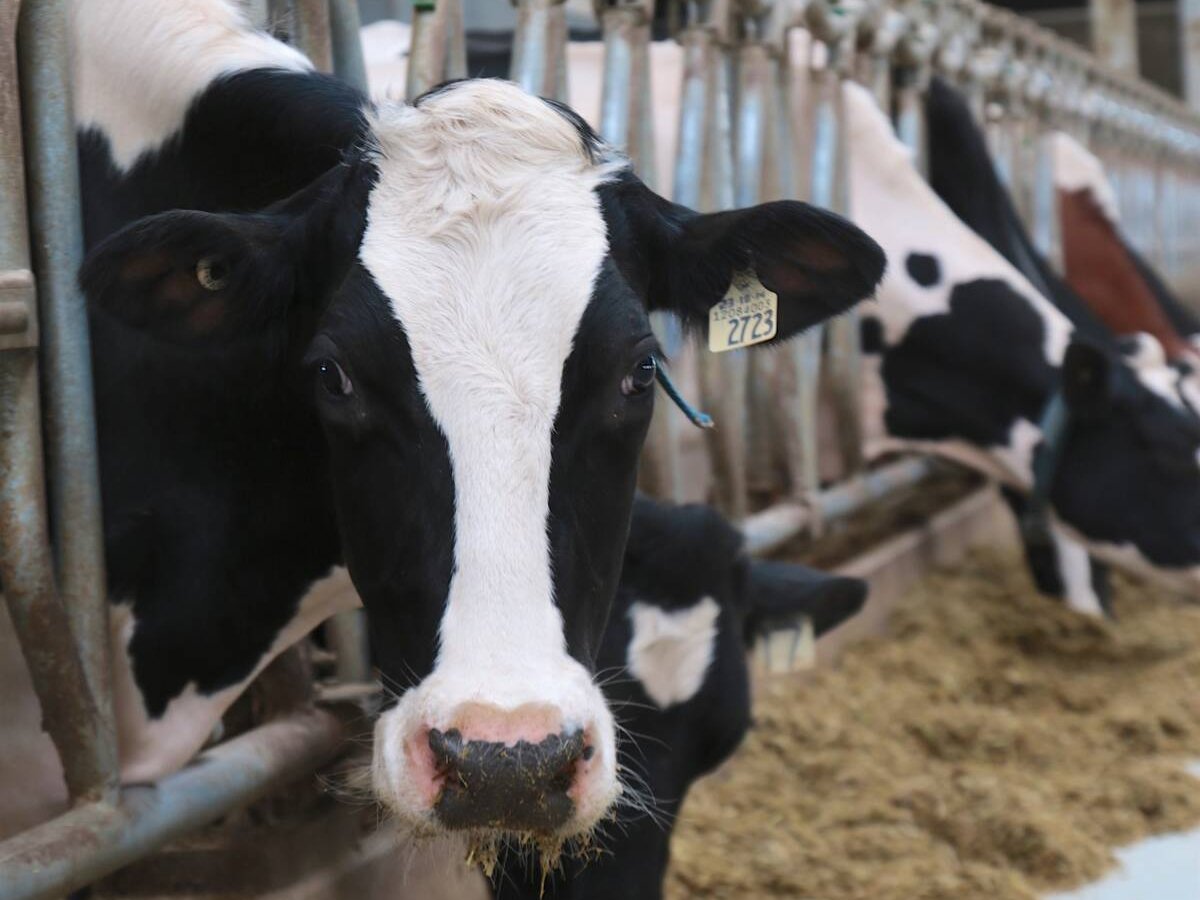Saskatchewan Wheat Pool has taken steps to protect its bottom line
against unexpected drops in grain volumes.
The company has bought an insurance program that will pay out if
industry-wide grain receipts drop by more than 15 percent from the
previous five-year average.
The decline can be due to a number of unpredictable factors, including
weather, political developments or trade sanctions. The larger the drop
in volume, the greater the payout would be.
A payout would be triggered regardless of any change in the volume of
Read Also

The Organization for Economic Co-operation and Development lauds Canada’s low farm subsidies, criticizes supply management
The Organization for Economic Co-operation and Development lauded Canada’s low farm subsidies, criticized supply management in its global survey of farm support programs.
grain handled by Sask Pool.
Pool chief financial officer Michael McCord said insuring grain volumes
is part of the company’s ongoing efforts to improve its risk management
by reducing earnings volatility.
“I think it sends a very positive message to our customers and
shareholders in that there is some protection of earnings if a drought
was to come upon us.”
He said drought and other unpredictable events can have a significant
impact on revenues and profitability at commodity-based companies such
as the pool.
The insurance policy with Chicago-based broker Aon Corp. has a fixed
premium and provides for a maximum total coverage over the three-year
term.
McCord declined to specify the size of the premium or how much money
might be paid, but did say it’s well worth it.
“If you calculate the cost over our total volumes, it’s literally
pennies per tonne,” he said.
“But the benefit is much greater than that if there should be a major
reduction in volumes in Western Canada.”
While much of Saskatchewan has suffered through a dry spring, McCord
said there’s no way to predict the likelihood of a payout for 2002-03,
the first year the program will be in effect.
And he added the pool hopes it never collects a penny under the new
program.
“We’re obviously hoping we don’t get into a situation where we have to
call on the policy.”
Sask Pool isn’t the first prairie grain handler to buy insurance
against unexpected declines in grain volumes.
Three years ago, United Grain Growers bought an integrated risk
management policy that provided protection against declines in grain
volumes, along with standard property and casualty insurance.
Agricore United (created last fall by the merger of UGG and Agricore)
has said it expects to collect about $7.5 million under the policy this
fiscal year.
The policy was designed to trigger payments based on drops in UGG’s
market share, while Sask Pool’s is based on industry-wide grain
receipts. The UGG policy was designed to trigger payouts when volumes
declined by about 8.5 percent.
AU chief financial officer Peter Cox said the company hopes to renew or
replace its policy, which expires Dec. 31, 2002, but no agreement has
yet been reached.
He said the company would prefer to have another package program
including grain volume, property and casualty, which is cheaper than a
grain volume-only policy. But he added that given the turmoil in
insurance markets since last fall, that may be easier said that done.
“If we can’t get an integrated program, we may do what Sask Pool has
done,” Cox said.
“Insuring just the grain volume is a good second-best way of doing it,
providing the premium price is competitive with regular debt financing.”
Without insurance, those losses would have to be covered by borrowing.
McCord said the pool’s efforts to obtain grain volume insurance
pre-date the crisis in the insurance market caused by last fall’s
terrorist attacks in the United States.
“That didn’t help our efforts, but it didn’t keep us out of the market
either.”
He said this policy may be the first step toward an integrated risk
management policy similar to AU’s, adding the company has spent the
past two years developing a comprehensive risk management strategy.














